The Bmw 750il, a flagship model of the late 1980s and early 1990s, represented the pinnacle of luxury and engineering from the Bavarian automaker. As a content creator for cardiagnosticnearme.com and a seasoned auto repair expert, I understand the allure of these sophisticated machines, as well as the complexities that come with maintaining them, especially from a diagnostic perspective. This article delves into the BMW 750iL, exploring its features, common issues, and diagnostic considerations for owners and enthusiasts in the English-speaking market.
 Front view of a BMW 750iL showcasing its iconic kidney grille and headlights
Front view of a BMW 750iL showcasing its iconic kidney grille and headlights
The E32 750iL: A Technological Marvel of its Time
Launched in 1987 as part of the E32 7 Series generation, the BMW 750iL was designed to compete directly with the Mercedes-Benz S-Class. What set the 750iL apart was its groundbreaking V12 engine, a first for BMW in the post-war era. This wasn’t just about adding cylinders; it was a statement of intent, showcasing BMW’s engineering prowess and ambition in the luxury car segment. The long-wheelbase “iL” version, the only one offered in North America, emphasized rear passenger comfort and spaciousness, befitting its flagship status.
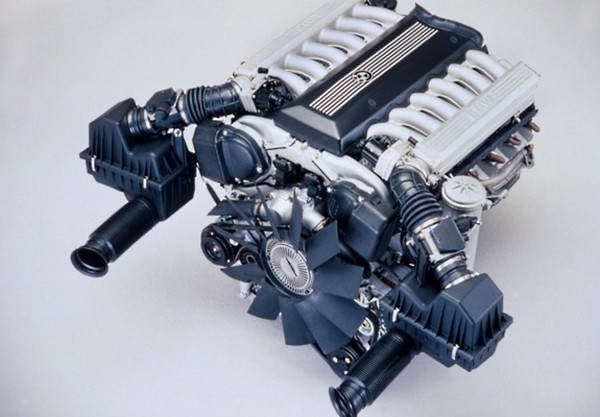 BMW M70B50 V12 Engine, highlighting its dual intake manifolds and valve covers
BMW M70B50 V12 Engine, highlighting its dual intake manifolds and valve covers
The M70B50 V12 Engine: Engineering Complexity and Diagnostic Challenges
At the heart of the BMW 750iL lies the M70B50 engine, a 5.0-liter V12 producing 300 horsepower. This engine was a marvel of its time, essentially two inline-six engines joined at the crankshaft. This configuration meant a duplication of many critical systems. The M70 featured two separate engine control units (ECUs), fuel injection systems, and even throttle bodies. While innovative, this complexity translates to increased diagnostic challenges. When issues arise, technicians must consider the interplay between these dual systems to pinpoint the root cause. Common issues in older M70 engines often revolve around vacuum leaks, sensor failures (crankshaft position, camshaft position, oxygen sensors – all doubled!), and fuel delivery imbalances between the two banks.
Advanced Electronics: A Double-Edged Sword for Diagnostics
The E32 7 Series, and especially the 750iL, was packed with advanced electronics for its era. Power everything was standard, and electronic control modules governed numerous vehicle functions, from the engine and transmission to the climate control and even the lighting. While these features enhanced luxury and convenience, they also introduced potential points of failure and diagnostic complexity as these systems aged. The original article humorously mentions the “Lamp Control Module” and the infamous “mustard relay,” highlighting the sometimes-enigmatic nature of these early electronic systems. For modern technicians, diagnosing electrical issues in a BMW 750iL requires a blend of old-school techniques and understanding of early OBD (On-Board Diagnostics) systems.
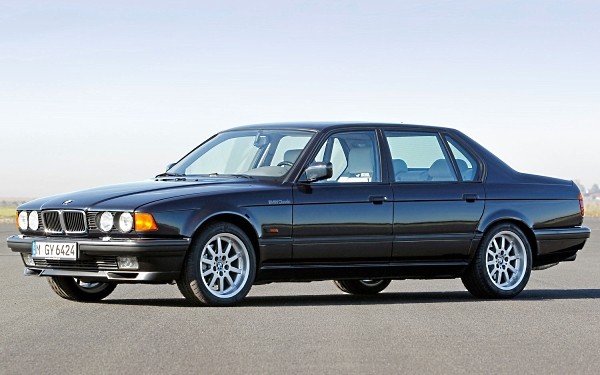 Front quarter view of a BMW 750iL E32, emphasizing its sleek design and presence
Front quarter view of a BMW 750iL E32, emphasizing its sleek design and presence
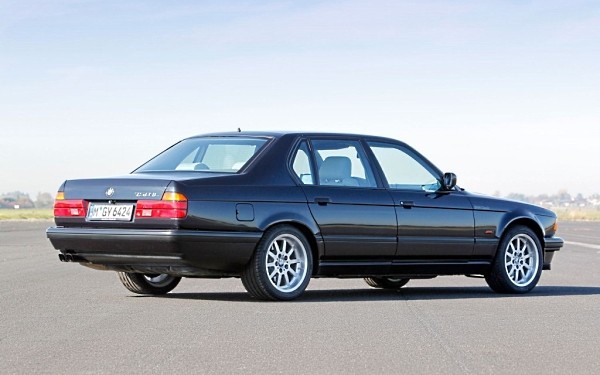 Rear three-quarter view of a BMW 750iL E32, showing its long wheelbase and elegant lines
Rear three-quarter view of a BMW 750iL E32, showing its long wheelbase and elegant lines
Common BMW 750iL Problems and Diagnostic Areas
Beyond the engine and electronics, several areas of the BMW 750iL are prone to issues as they age, requiring careful diagnostic attention:
- Oil Leaks: Like many BMWs of this era, the M70 engine is known for developing oil leaks from various gaskets and seals, including valve cover gaskets, oil pan gaskets, and timing chain cover gaskets. Pinpointing the source of leaks requires meticulous inspection.
- Valve Guides and Seals: Worn valve guides and seals are common in older engines, leading to oil consumption and potential smoke. Diagnostic procedures include compression tests and leak-down tests.
- Transmission Issues: The automatic transmissions in the 750iL, while robust for their time, can experience wear and tear, especially with high mileage. Diagnostic checks should include fluid level and condition, shift quality assessments, and potentially transmission fault code scanning if available.
- Suspension Components: Suspension wear is typical in cars of this age. The 750iL featured self-leveling rear suspension, which can become problematic and expensive to repair. Diagnostics involve visual inspection of bushings, ball joints, and shock absorbers, as well as checking the self-leveling system for proper function.
- Rust: As mentioned in the original article, E32s are susceptible to rust, particularly in areas like wheel arches, door bottoms, and jacking points. A thorough pre-purchase inspection should include a rust check.
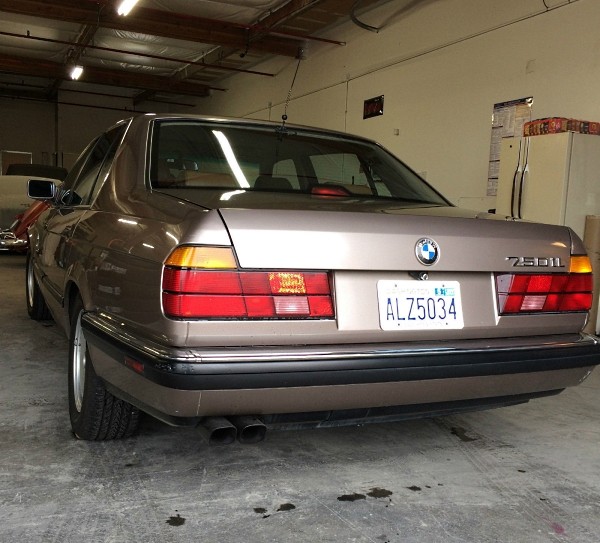 Side profile of a BMW 750iL highlighting its classic sedan silhouette and wheel design
Side profile of a BMW 750iL highlighting its classic sedan silhouette and wheel design
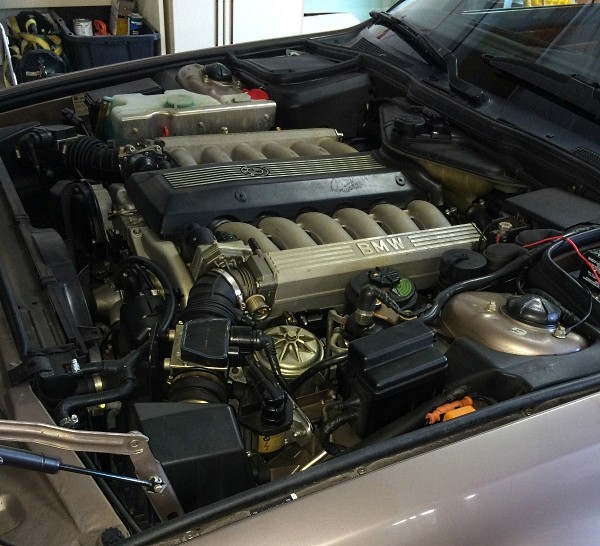 Interior detail of a BMW 750iL showcasing leather seats and wood trim, typical of luxury sedans
Interior detail of a BMW 750iL showcasing leather seats and wood trim, typical of luxury sedans
Buying a Used BMW 750iL: Diagnostic Due Diligence
Considering purchasing a BMW 750iL today requires a realistic understanding of potential maintenance and repair needs. Pre-purchase inspections are crucial. Beyond the usual checks, focus on these diagnostic aspects:
- Engine Diagnostics: Listen for smooth engine operation, check for unusual noises, and verify that both banks of the V12 are firing evenly. A compression test is advisable.
- Electrical System Scan: If possible, attempt to scan for fault codes, even with the older diagnostic systems. Check the functionality of all electrical components, including windows, seats, climate control, and lights.
- Transmission Check: Assess transmission shift quality for smoothness and any signs of slipping or harsh engagement.
- Suspension and Brakes: Evaluate suspension condition and brake performance. Look for signs of worn suspension components or leaking self-leveling shocks.
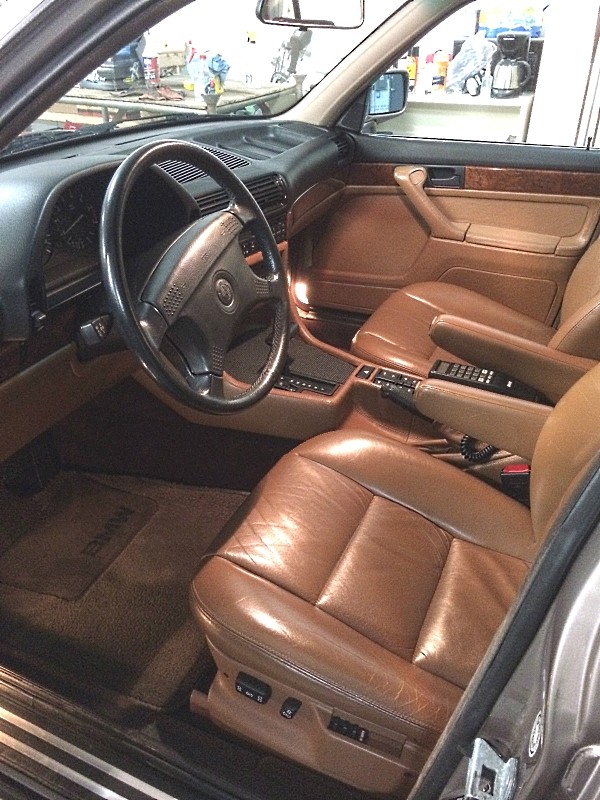 Close-up of the front of a BMW 750iL emphasizing the BMW badge and hood lines
Close-up of the front of a BMW 750iL emphasizing the BMW badge and hood lines
 Angled front view of a BMW 750iL in motion, capturing its road presence and style
Angled front view of a BMW 750iL in motion, capturing its road presence and style
Maintaining a BMW 750iL in the Modern Era
Owning a BMW 750iL is a commitment to preserving a piece of automotive history. Regular maintenance is paramount, and finding qualified technicians familiar with these older systems is essential. Diagnostic tools have evolved significantly since the E32 era, but a solid understanding of the car’s systems and wiring diagrams remains crucial for effective troubleshooting. Online BMW forums and communities can be valuable resources for owners sharing diagnostic tips and repair experiences.
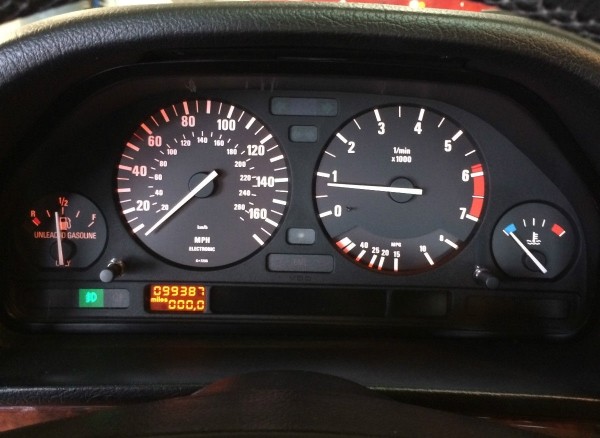 Rear view of a BMW 750iL highlighting its taillights and trunk design
Rear view of a BMW 750iL highlighting its taillights and trunk design
Conclusion: The Enduring Appeal and Diagnostic Realities of the BMW 750iL
The BMW 750iL remains an alluring classic, a testament to BMW’s engineering ambition and luxury car design of the late 20th century. Its V12 engine and advanced features for its time provide a unique driving experience. However, prospective and current owners must be prepared for the diagnostic and maintenance demands that come with an older, complex vehicle. Thorough diagnostics, proactive maintenance, and a network of knowledgeable specialists are key to keeping these iconic BMW 750iLs running smoothly for years to come. For those passionate about classic luxury and willing to invest in proper care, the BMW 750iL offers a rewarding ownership experience.
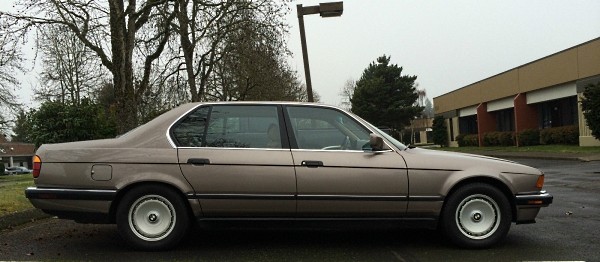 Front view of a BMW 750iL with its headlights on, showcasing its distinctive lighting signature
Front view of a BMW 750iL with its headlights on, showcasing its distinctive lighting signature
